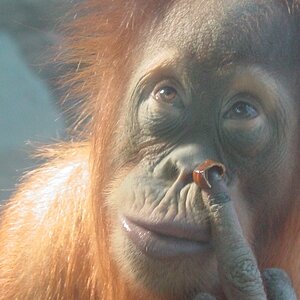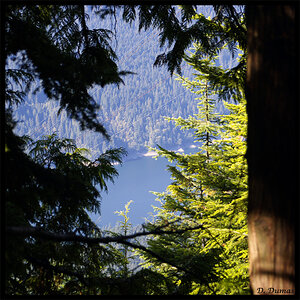through my eyes
TPF Noob!
- Joined
- Feb 10, 2015
- Messages
- 25
- Reaction score
- 2
- Can others edit my Photos
- Photos NOT OK to edit
Ok my question is I'm having a hard time with photo shop. Light room seems to be easier. Ok my question how do i combine 3 to 4 photos into one making one great photo? What's the process called? And steps? Thanks


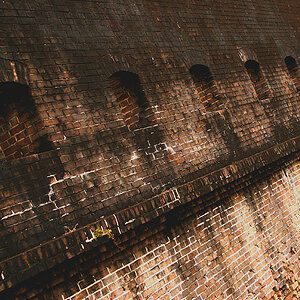
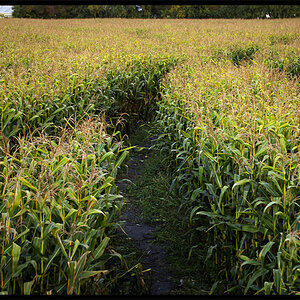

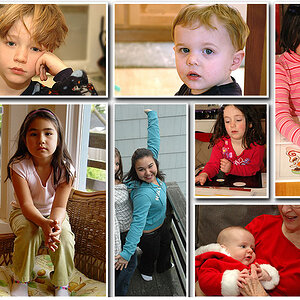
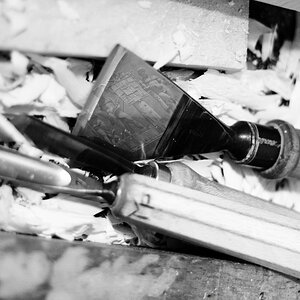
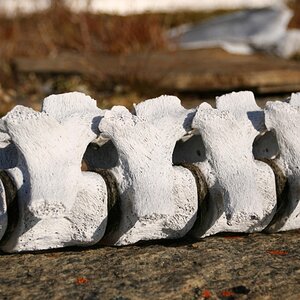
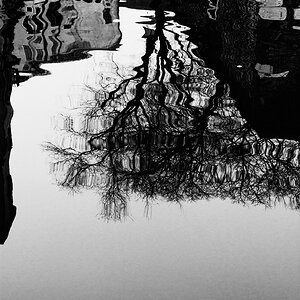
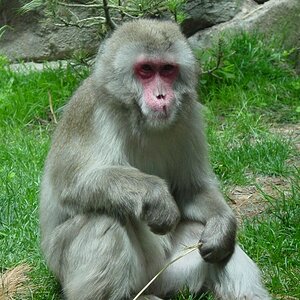
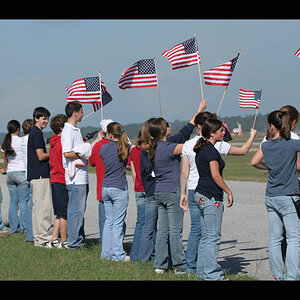
![[No title]](/data/xfmg/thumbnail/30/30879-16ad830465e571dee0a784c7fa122909.jpg?1619734493)
